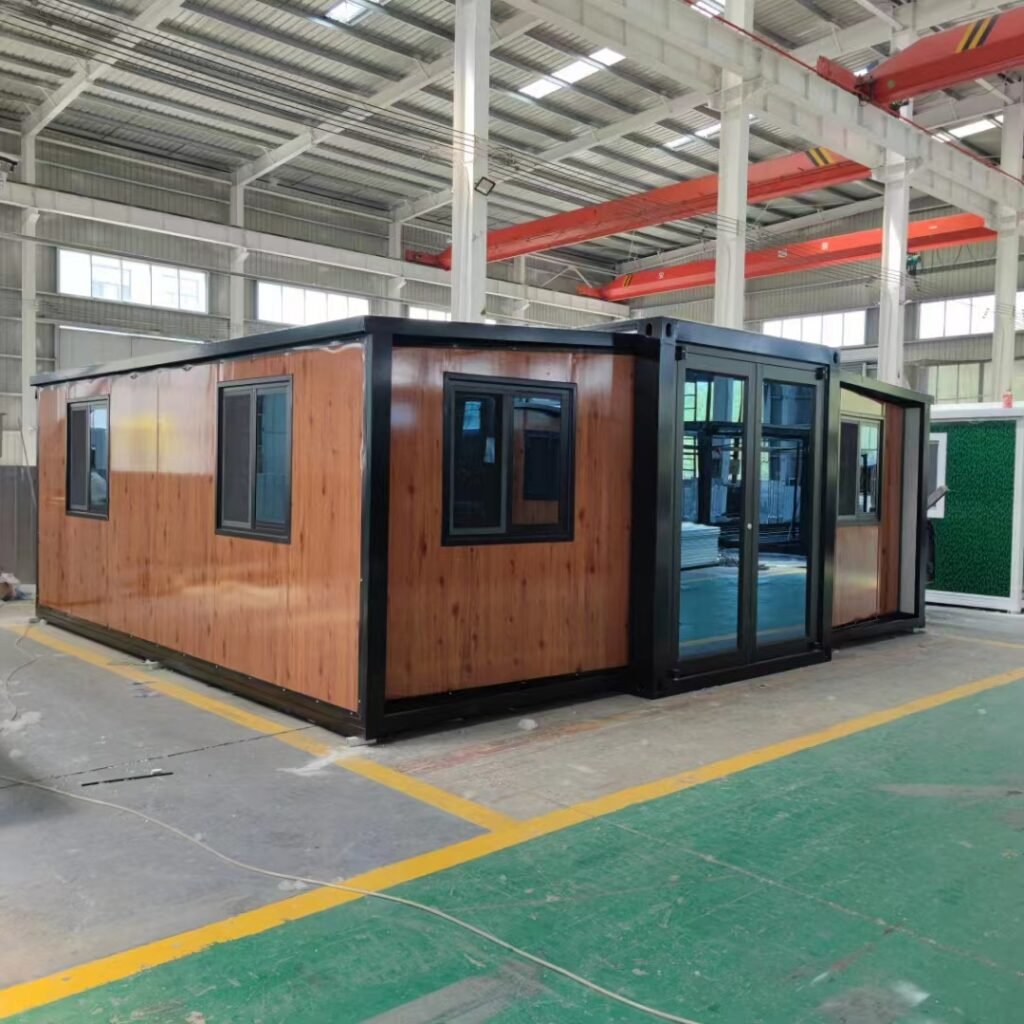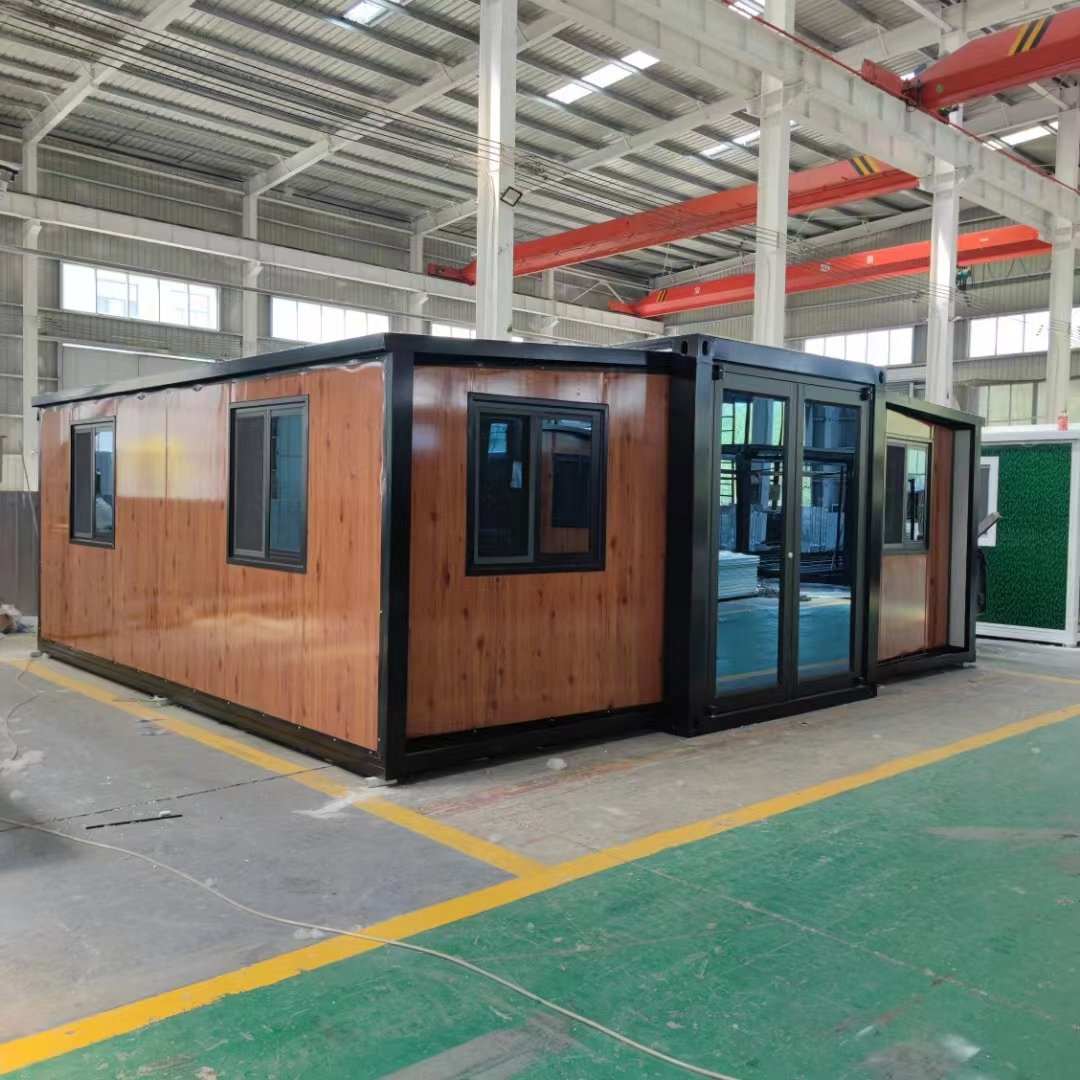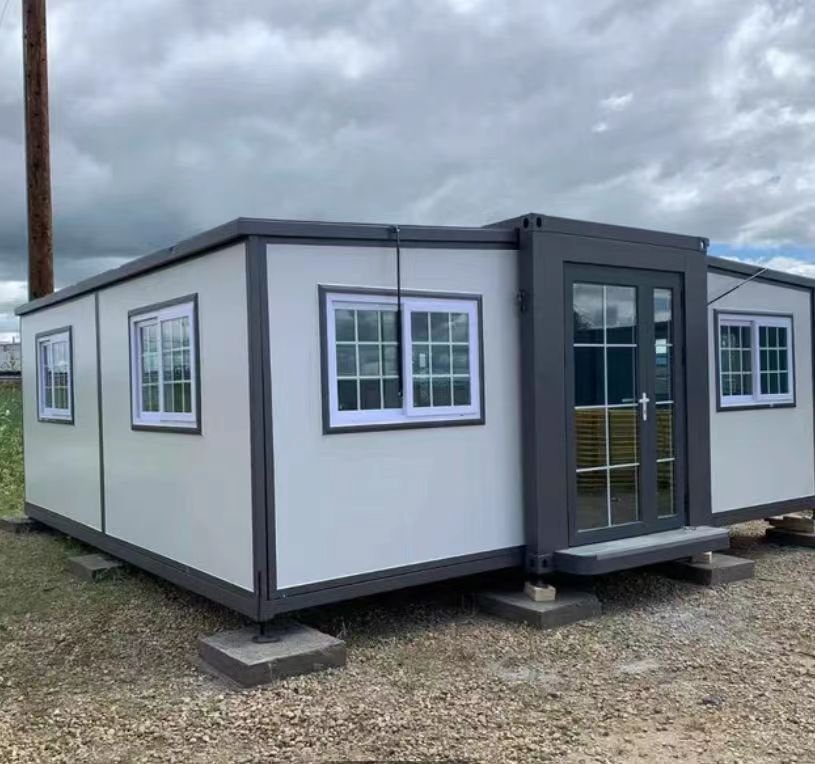ou know that modern houses are just too expensive. Building a traditional house is a massive burden. It takes forever to build and you never know what it’s going to cost. One day you’re flooring it on Forex trading, and the next day a pipe bursts and you’ve got a $5000 bill. You don’t even want to own a house because it seems like a never-ending drain on your cash flow.
The Agitation
But wait!
Have you been lied to? Is it really true that modern, affordable and flexible housing solutions don’t exist? Are you stuck living in a crappy apartment for the rest of your life because you have a dream that seems too good to be true?
The Solution
Thats where their amazing, cost-effective solution comes in. Almost overnight, because this inexpensive, sustainable, and flexible housing option has hit the market. You owe it to yourself to carve out the next 5-10 minutes to read this post and learn exactly what’s going on. You’re going to be glad you did!

I can’t say I’ve got years of expertise in modular and container housing solutions. I’d be making that up.
As a company with years of experience in both modular and container housing solutions, we’ve changed the way people live in Southeast Asia, the Middle East and many other developing regions. We’ve gained the trust of builders, national governments, and camp leaders from around the world.
We are able to create buildings that meet the triple bottom line (affordability, durability, and sustainability) due to our commitment to quality, state-of-the-art technology and a group of people with lots of experience. That’s why people sell a kidney to get a modular or container house. Let’s dive into why that is the case.
Why Are Expandable Container Houses Cheaper?
Cost-Efficiency
Lower Material Costs: The use of repurposed shipping containers as the primary structure of expandable container houses results in significantly lower material costs compared to building traditional homes that require extensive raw materials such as concrete, bricks, and timber. By starting with a pre-existing structure, companies like CubiNest reduce waste and save on construction expenses.
Reduced Labor Costs: With prefabricated designs, much of the assembly work happens off-site, which means less labor is required at the construction site. This lowers the cost of both skilled and unskilled labor. For you as a buyer, this means your house will be delivered faster and you won’t have to pay as much for workforce-related expenses.
Minimal Site Preparation: Unlike traditional homes that often need extensive foundation work and the ground to be leveled, expandable container houses require minimal site preparation, which not only saves money, but also has less of an environmental impact.
Durability and Maintenance
Long-lasting Materials: Built to withstand all kinds of weather conditions during shipping, these containers are exceptionally durable. They are resistant to corrosion, fire and pests, making them a great choice for long-term and low-maintenance use.
Energy Efficiency: With proper insulation and smart design, these houses can be really energy efficient. Things like double-glazed windows and solar panels help reduce energy costs over the long haul.
Flexibility and Adaptability
Scalable:No matter how much space you need, no matter what you’re doing, you can just add another container. It’s that simple. You don’t have to do a massive renovation of a house to get the extra space that you need. This flexibility allows the houses to easily adapt to changing needs.
Mobile: These houses can be moved around, making them great for people or organizations that need a temporary or mobile housing solution. They can also be easily repurposed in different areas or locations, removing the need for new construction.
Sustainability
Green: Using old shipping containers to build with is environmentally responsible. A lot of houses may even have things like rainwater harvesting systems and energy-efficient lighting which will save money and minimize the impact on the environment.
To sum it up, these houses cost less to get started, they cost less to keep up, they’re fast to go up, and they’re good for the environment. Sounds like it’s time to take a closer look!

What’s Next? – Diving Deeper
Want to learn more about how these houses compare to traditional houses? You’re in the right place! I’ll take you through some of your concerns and give you the inside scoop on the good, the bad, and the ugly!
How Do Container Homes Compare to Traditional Homes in Regards to Maintenance Costs?
Container homes often require less maintenance because of how well they are built and the durable materials used to construct them. Unlike traditional houses, which have issues with things like termites, roof leaks and shifting foundations, container homes are built to last with little intervention. Simple maintenance such as repainting or checking for rust will help to extend the life of the containers even more, all while costing you significantly less than a standing order of everything from Home Depot.
What’s the Main Thing That Causes It to Be So Much Faster to Build a Container House?
It all comes down to what they build and how they build it. Most of the building is done in factories, and they can ensure consistency and quality while reducing the amount of time stuff happens on site. They’re not dealing with dozens of variables like weather delays or shortages of materials. Their homes can be ready in weeks as opposed to months. This saves them money and allows them to quickly execute emergency housing or other business projects.
How Does the Efficiency of Container Homes Impact Long-Term Costs?
Well-insulated homes built out of containers severely reduce the amount you have to spend on heating and cooling. A lot of houses will have other energy-saving features such as solar panels, energy-efficient windows, and the use of LED lighting. Over the long haul, all of these things combined with the savings on your electricity bill make these a very good option for people concerned about the environment.
The potential Downsides of Living in a Container Home
No matter what the positives are, there are also certainly some negatives. One problem is that if they don’t insulate and build the houses well, they’ll be miserable in the extreme weather. Additionally, there are areas where you’re not allowed to build them due to zoning laws and regulations. However, when you work with an experienced group like CubiNest, they’ll work with you to make sure you comply with all the local standards.
A lot of different sets of rules and zoning can impact where and how you can put these things. There are areas in the United States that restrict their use in certain ways and some require extra permits to allow you to build and live in them. Be sure to consult with the local authorities and work with a group that’s knowledgeable about these different places and avoid any legal hassles.
In short, container houses are cheap, durable, and environmentally friendly. That’s why they’ve become the affordable living solution of the future. Whether you’re building, buying, or running a camp, they should be the way you roll. Ready to see what’s up? Give us a call now and let us help you rock the heck out of your house!




